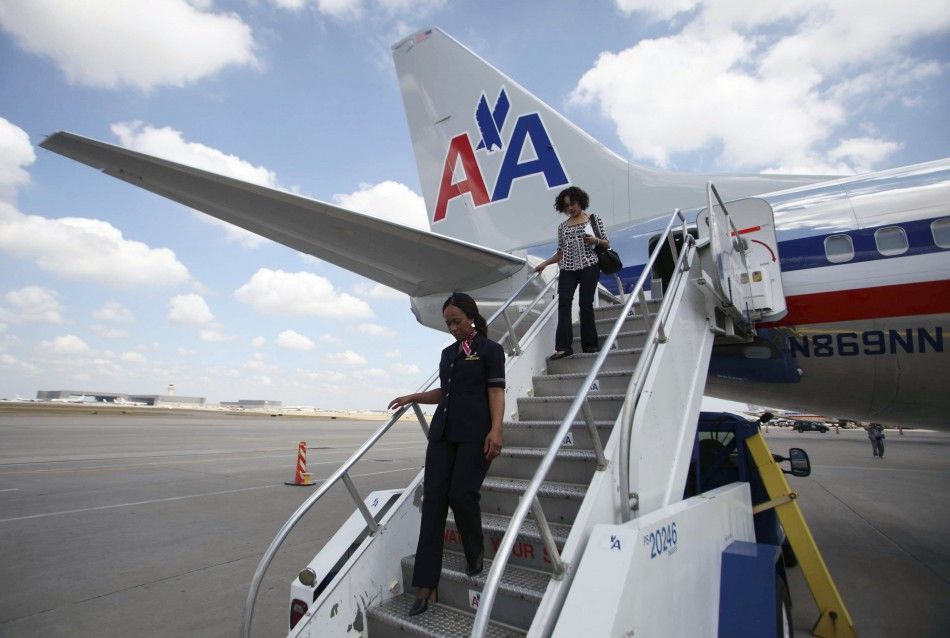Top 10 Biggest Job Cuts U.S. Companies Made In 2012
Despite the faster pace of downsizing as the year comes to a close, the number of job cuts this year announced by U.S. employers is behind last year’s pace -- though it still stands at a staggeringly high level of 490,806 jobs (as of November 30).
Last month alone, U.S. companies announced plans to shed 57,081 workers from their payrolls. That was up 20 percent from the previous month and marked the third consecutive monthly increase, according to the latest report from consultants Challenger, Gray & Christmas. Last month was only the fourth time this year that job cuts exceeded 50,000.
California, Texas and New York saw the most layoffs in 2012. For these mass layoffs, employers cited reasons ranging from cost-cutting to bankruptcy.
The recent surge in layoffs is at least partly attributed to the bankruptcy of private Twinkies maker Hostess Brands Inc. in November. That accounted for 18,500 of the jobs lost.
"Job cuts this year have really been driven by a handful of large-scale cuts," Rick Cobb, executive vice president of Challenger, Gray & Christmas, said in a statement.
Wall Street firms have been slashing staff since the second half of 2011 as the European sovereign-debt crisis and concerns about the global economy persist and weigh on client activity. Wall Street eliminated 300,000 financial services jobs in the last two years. And experts predict that more layoffs will be come in 2013.
The moderate growth in economic activity in recent months has also meant that payroll growth has been unspectacular but relatively steady, with gains averaging 157,000 per month over the 12 months ending in November.
While this was not as strong an increase as in the past two expansions, it has been enough to push the unemployment rate down at a pace faster than at any point in the previous expansion and about in line with the fastest one in the expansions of the 1990s.
“We believe this is in large part because of the retirements of the baby boomers, which our analysis indicates is the largest single force that has pushed the labor force participation rate down in recent quarters,” Dean Maki, chief U.S. economist at Barclays, wrote in a note. “This downward force on the participation rate means that fewer jobs are now needed to keep the unemployment rate steady.”
Maki estimates employment growth of 75,000 to 100,000 per month would be enough to keep the jobless rate steady. Job growth significantly above that tends to push the unemployment rate down.










© Copyright IBTimes 2024. All rights reserved.






















